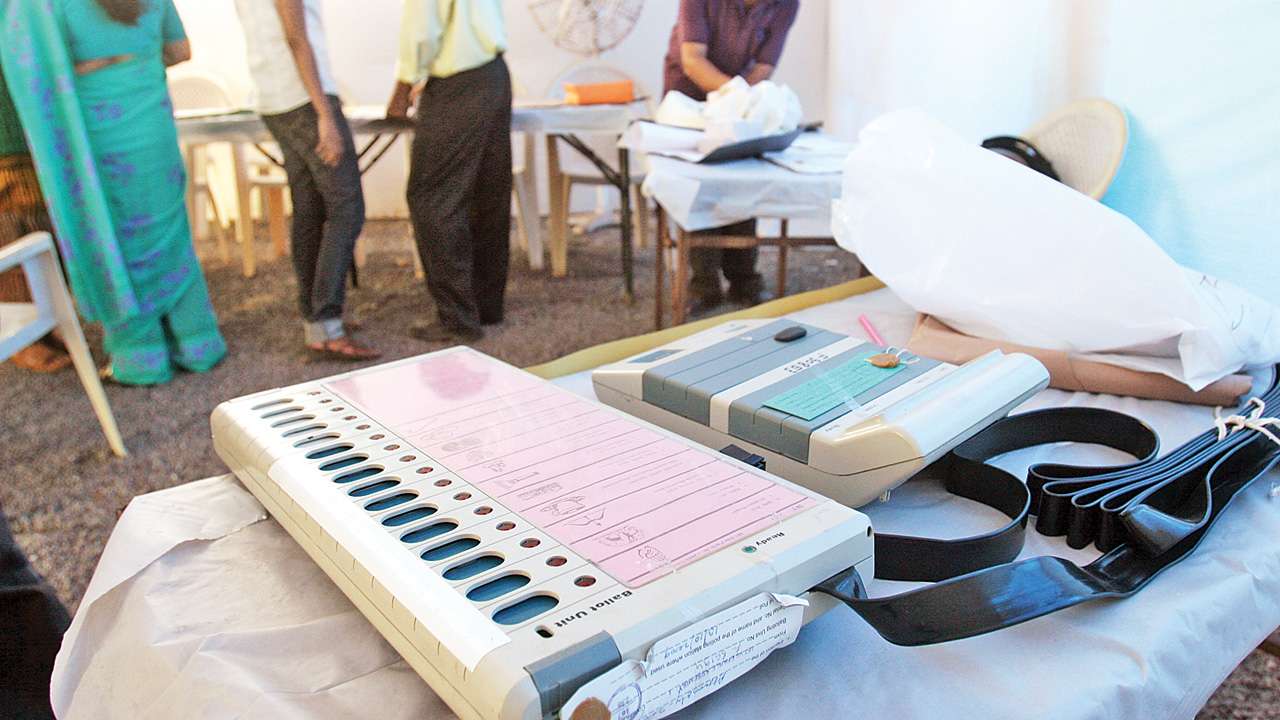
As the 2019 General Election come closer, political leaders and the media are harping on how core issues are being ignored, threatening the very fundamentals of democracy.
Strangely, no one has yet raised the subject of ever-increasing election expenditure, even when field studies have revealed that corruption cannot be curbed without addressing the complex issue of election-time expenditure. Most people talk about fighting corruption only in isolation.
Since 2005, the Centre for Media Studies (CMS) has shown empirically how a citizen is sucked into the vortex of corruption while trying to avail basic public services and how that is linked to election-time lures.
Based on these studies and tracking of poll expenses over the years, it can be categorically asserted that poll-time graft is the ‘mother of all corruption’ in the country.
It would be unwise to ignore these alarming trends. One, the percentage of voters who are enticed with inducements, including cash, is on the increase from one election to another. It is no longer isolated to a couple of states in south India, as was the case a decade ago.
Second, the expenditure that political parties and candidates are incurring is going up steadily, without any apparent concern being expressed in any quarter. This is not surprising, given the fact that political parties and governments are responsible for this rising expenditure.
There is no justification, for example, for increasing the ceiling on what a candidate spends when the contestants themselves have gone on to state in signed affidavits that they had spent much less in the previous election than what was allowed by the Election Commission (EC).
In 2018, the government opened the flood gates for easy money to come in, ostensibly for poll funding, by way of ‘electoral bonds’, removing the ceiling on corporate contribution for elections.
With the poll campaign already underway two months prior to the Election Commission notification, vast amounts of money is being pumped into the system before the Code of Conduct comes into play. The manipulation of the poll process is already underway.
Against an estimated Rs 30,000 crore that was spent in the 2014 Lok Sabha election, this Lok Sabha poll may cost the country Rs 50,000 crore. Given that the 2019 poll campaign has already started, even this outlay could be breached.
The proposed investment of parties and candidates, directly and indirectly in social media, is expected to be nearly ten per cent of the total expense.
Five states that went to elect assemblies in 2018 were estimated to cost Rs 15,000 crore. This included Rs 5,000 crore spent in Telangana, which has 119 assembly constituencies and Rs 9,000 crore in Karnataka that has 224 assembly constituencies.
My just-published book, “Sustainable Good Governance, Development and Democracy”, proves that Rs 1,50,000 crore was spent in the Lok Sabha and assembly polls over a five-year period.
These estimates do not include what the parties promise as inducements. They also do not take into account what an incumbent government spends just before the formal notification by way of advertisement and publicity of its ‘achievements’. Also excluded are the budgets for various departments and agencies, released shortly before the EC notification.
For example, the Bombay Municipal Corporation has just released over Rs 1,300 crore for 65 jobs (March 2019), a few days before the anticipated EC notification.
A few elections have gone since the Supreme Court made it obligatory in 2003 for all contesting candidates to indicate their criminal and educational background, to be declared during nomination time, as well as present their profile for the benefit of voters.
Despite such a clear directive, the number of criminals and crorepatis has gone up with each passing election, as has the percentage of elected legislatures, who come under the ‘conflict of interest’ category.
Parliamentary democracy in India is under the iron grip of poll politics, which in turn is the handmaiden of illegal monies.
Now, with the new media and newly-fangled technologies, parties are finding novel ways to manipulate the electoral process. With increased competitiveness in contests and narrow margins of winners and losers, parties are exploring ways to manipulate ‘voter lists.’ The new information technology (IT) scene is facilitating such a misuse.
The Election Commission itself has considerably desegregated past data online along with many other databases, which help parties woo voters online, without approaching them.
Now voter, Aadhar, mobile number and bank accounts are all linked. It is the apps, web sites and social media, which are determining the tenor of India’s poll campaigning, not the issues that concern people and certainly not the profile of candidates.
After the 2018 Telangana assembly poll, this new model of manipulation seems to be gathering momentum, with many states witnessing complaints of fudged voter lists.
In Telangana, one party had alleged just before the assembly poll that 18 to 23 lakh names were removed from the voter register. The matter even went to the High Court, where the state election officer promised to look into the complaint. But nothing was done.
After the results were announced, the poll officer apologised for not being able to verify how the names of so many voters had gone missing and how Form-7 of Election Commission was filed online by a few motivated people, with their identity unknown.
This model seems to be attracting parties, as was evident in Andhra Pradesh. It is worth the while pondering about its implications.
Author is Founder Chairman of Centre for Media Studies, New Delhi